Fungi have flourished on Earth for quite a while, possibly more than 2 billion years. They’ve evolved some impressive tricks during that time, including many that are either fascinating or frightening to humans — and sometimes a bit of both.
Some ancient fungi grew nearly 30 feet (9 meters) tall before trees existed, for example, and today a honey fungus in Oregon may be the largest organism on the planet, spanning an area of about 400 acres (162 hectares). Certain kinds of fungi can glow in the dark, and a few turn insects into zombies. Some species are lethal to humans, while others provide us with valuable superfoods.
And then there are magic mushrooms, also known as “shrooms.” These fungi are famed for their psychedelic effects on people who ingest them, an ancient practice dating back to prehistoric “mushroom cults” and shamans who may have inspired Santa Claus. Yet even after centuries of experience, we are only now demystifying many of the magical — and medicinal — powers these mushrooms possess.
This article is not necessarily meant to advocate casual use of magic mushrooms, which are widely illegal and potentially dangerous. Even when they provide the health benefits described below, they’re typically used in a controlled clinical setting, often with counseling or other guidance from medical professionals. That said, however, they are also natural wonders of our planet that we would be foolish to ignore.
So, for a closer look at these mystical members of Mother Nature’s medicine cabinet, here are a few interesting facts you may not know about magic mushrooms:
There are 2 basic types, but about 200 different species.

Psychedelic fungi fall into two general categories, each characterized by a distinct mix of mind-altering ingredients that make their mushrooms “magic.”
The largest, most common group produces hallucinogens called psilocybin and psilocin, and features more than 180 species from every continent except Antarctica. These diverse fungi hail from roughly a dozen genera, but are often lumped together as “psilocybin mushrooms.” Most belong to the genus Psilocybe, including well-known species like P. cubensis (“gold top”) and P. semilanceata (“liberty cap”).
Psilocybin fungi might be so diverse, according to a study in Evolution Letters, because they didn’t inherit the genes behind psilocybin from a common ancestor, but passed them directly among distant species in a phenomenon called “horizontal gene transfer.” Psilocybin could have originally evolved as a defense mechanism, the study’s authors suggest, deterring fungi-eating pests by “altering the insects’ ‘mind.'”
The other group is smaller, but has a rich history of religious use. It consists of one iconic species — Amanita muscaria (“fly agaric”) — plus a few less famous relatives like A. pantherina (“panther cap”). Instead of psilocybin or psilocin, its main hallucinogens are chemicals known as muscimol and ibotenic acid.

These “muscimol mushrooms” are related to some notoriously toxic fungi, namely Amanita phalloides (“death cap”) and A. ocreata (“destroying angel”). They’re generally less poisonous than those killer cousins, but given the high stakes of a mushroom mix-up, non-experts are advised to steer clear of Amanita altogether.
“This is serious stuff, folks,” warns food writer and forager Hank Shaw. “Mistake this mushroom for another amanita and you can die.” (For more about fungus-foraging safety, check out this intro to mushroom identification by MNN’s Tom Oder.)
Magic mushrooms may have given us Santa Claus.

The story of Santa Claus is pretty odd when you think about it, from magic elves and flying reindeer to Santa’s chimney use and his iconic red-and-white suit. According to one theory, many of these quirks come from muscimol mushrooms — or, more specifically, from Siberian shamans who distributed them centuries ago.
A. muscaria has long been valued in Siberia, where human consumption dates back to at least the 1600s. While some of that was likely recreational, Siberian shamans ingested the fungi “to commune with the spirit world,” as anthropologist John Rush told LiveScience. The shamans also gave out shrooms as gifts in late December, he noted, often entering homes via the roof due to deep snow.

“[T]hese practicing shamans or priests connected to the older traditions would collect Amanita muscaria, dry them and then give them as gifts on the winter solstice,” Rush explained. “Because snow is usually blocking doors, there was an opening in the roof through which people entered and exited, thus the chimney story.”
Those shamans also had a tradition of dressing up like A. muscaria, Rush added, wearing red suits with white spots. Their vision quests could be shared with spirit animals like reindeer, LiveScience points out, which live in Siberia and are known to eat hallucinogenic fungi. And there are other links, too, like Santa’s Arctic home or his placement of gifts under trees (akin to how A. muscaria grows at the base of pines). Yet the Santa story is a blend of many influences over centuries, and mushrooms are only a speculative — albeit intriguing — source of Santa’s magic.
Humans and magic mushrooms go back millennia.

No one knows exactly when humanity discovered magic mushrooms, but there is evidence to suggest they were used in religious rituals thousands of years ago. Psilocybin mushrooms were important to some Mesoamerican cultures at the time of Spanish conquest, for example, a tradition that was likely already ancient by then.
“[A] genuine mushroom cult in Mesoamerican cultures seems to have existed,” biologist Harri Nyberg wrote in a 1992 study, “and its beginnings can be traced to remote antiquity.” This is partly due to artwork like the “remarkable ‘mushroom stones’ of the ancient Mayas and mural frescoes found in central Mexico,” Nyberg noted, some of which date back more than 2,000 years. The hallucinogenic fungus Psilocybe mexicana, which is native to Central America, was previously known by the Aztec word teonanacatl — often translated as “divine mushroom.”

In the Sahara desert, rock art from 7,000 to 9,000 years ago may feature even earlier portrayals of psychedelic fungi. The scenes include human dancers holding mushroom-like objects, in some cases with two parallel lines connecting the objects to the dancers’ heads. This is not definitive evidence, but some researchers see it as the earliest hints of people using mind-altering mushrooms.
There’s also a fringe theory, the “stoned ape hypothesis,” that suggests magic mushrooms sparked the boom in brain size and culture of early humans. Many experts dismiss this idea as simplistic and speculative, noting its lack of evidence for tracing human consciousness so neatly back to a single catalyst. Yet the idea has also drawn more interest lately, and even some of its doubters see value in the way it highlighted psilocybin’s ability to alter consciousness and the brain itself.
Psilocybin seems to briefly reorganize the brain.

Psilocybin binds to a receptor in the brain for serotonin, and that’s thought to cause many of its sensory distortions. Yet along with hallucinations and mood changes, people who take psilocybin often describe an abstract, dreamlike sense of “expanded consciousness.” And in recent years, technology like functional magnetic resonance imaging (fMRI) has shed light on what this looks like inside the brain.
In one study, for example, researchers scanned the brains of 15 volunteers after giving them psilocybin. Activity spiked in the brain network linked to emotional thinking, with simultaneous activity in different areas like the hippocampus and anterior cingulate cortex. (This pattern resembles fMRI scans of people who are dreaming, the researchers noted.) At the same time, activity became less organized in the brain network linked with high-level thinking and the sense of self.
Another fMRI study found a “dramatic change” in brain organization, linking psilocybin with a temporary flurry of neural connections that don’t normally exist. “We find that the psychedelic state is associated with a less constrained and more intercommunicative mode of brain function,” the authors wrote, “which is consistent with descriptions of the nature of consciousness in the psychedelic state.”
Additionally, a team of researchers from the University of South Florida discovered that psilocybin can also bind itself to receptors that stimulate healing. Therefore, it’s believed psilocybin repairs and grows brain cells, which could prove beneficial to those who suffer from depression or other mental health problems.
Psilocybin may cause lasting personality change.

While brain activity generally returns to normal after psilocybin wears off, research suggests some effects can last longer. One study, published in the Journal of Psychopharmacology, measured how psilocybin affects five domains of personality — neuroticism, extroversion, openness, agreeableness and conscientiousness. It found “significant increases in Openness following a high-dose psilocybin session.”
Openness is a psychological term for someone’s attitude toward new experiences, and is associated with traits like imagination, creativity and aesthetic appreciation. Not only did openness generally rise during a psilocybin session, but in nearly 60% of study participants, it “remained significantly higher than baseline more than 1 year after the session,” the researchers wrote.
That was surprising, they added, since personality doesn’t usually change much after the age of 30, especially not like this. “Normally, if anything, openness tends to decrease as people get older,” the lead author of the study said in a statement.
The volunteers were all deemed psychologically healthy before the experiments began, the researchers reported, and their psilocybin sessions were closely monitored. Some of the participants did report strong fear or anxiety during the sessions, and while that reaction was temporary, the researchers said it shows the potential risks of trying hallucinogens without expert supervision.
Psilocybin can temporarily ‘dissolve’ your ego.

Some people report losing their sense of self while on magic mushrooms. This “dissolving” of the ego is typically short-lived, but may be related to some longer-lasting effects of psychedelics, like the openness mentioned above. And according to a 2017 study published in the journal Neuroscience of Consciousness, temporary ego loss could be beneficial in the right context.
“This ‘ego dissolution’ results in a moment of expanded awareness, a feeling in which the mind is put more directly and intensely in touch with the world,” said co-author Philip Gerrans, a philosophy professor at the University of Adelaide, in a statement. “Through this experience it may be possible to re-engineer the mechanisms of self, which in turn could change people’s outlook or worldview. The profound sense of connection produced by this experience has the potential to be beneficial for people suffering from anxiety, depression and some forms of addiction.”
As co-author Chris Letheby added, psychedelics offer a wide perspective that can endure even after the drugs wear off. “People who go through psychedelic experiences no longer take it for granted that the way they’ve been viewing things is the only way,” he said. “Psychedelics can assist in enlightening people about the processes behind their subjectivity. Ego dissolution offers vivid experiential proof not only that can things be different, but that there is an opportunity to seek change.”
Even consuming “microdoses” of magic mushrooms can spark a person’s creativity, according to a 2018 study published in the journal Psychopharmacology. Participants who ate tiny doses contrived more ideas on how to solve a task and “were more fluent, flexible and original in the possibilities they came up with,” researchers found.
Magic mushrooms can improve mental health.

Although magic mushrooms are widely outlawed, and commonly dismissed as dangerous “party drugs,” a growing body of research casts them in a much less nefarious light. Not only are they safer than many people believe, but they show tantalizing potential to help with a variety of mental health problems.
For one thing, psychedelics in general have “negligible habit-forming potential,” as neuroscientist Nick Jikomes writes for a Harvard science blog. Some psychedelics can even help treat addiction to habit-forming drugs like cocaine and nicotine.
Magic mushrooms are also increasingly seen as a possible psychiatric wonder drug. Research has shown promising effects on depression, for example, such as a 2017 study that found psilocybin “may effectively reset the activity of key brain circuits known to play a role in depression.” The compound seems to boost emotional responsiveness in the brain, another recent study found, suggesting it could relieve depression without the “emotional blunting” often associated with traditional antidepressants known as selective serotonin reuptake inhibitors (SSRIs).
Psilocybin has brought transformative relief from anxiety, too, including in people with life-threatening cancer. In one study, moderate doses of psilocybin — combined with psychotherapy — helped cancer patients overcome anxiety and depression related to their diagnosis, leading to a long-term rise in quality of life and optimism. Six months after a single dose (which only lasted four to six hours), about 80% of participants still showed significantly reduced anxiety and depression, and 83% still reported higher life satisfaction. Two-thirds even described their psilocybin session as one of the five most meaningful experiences in their lives.
Amid this upswell of research, the old caricatures of magic mushrooms seem to be quickly changing. The U.S. cities of Denver and Oakland both decriminalized psilocybin in 2019, for instance, and similar efforts are now underway elsewhere, including some at the state level. Psilocybin was also recently designated a “breakthrough therapy” for depression by the U.S. Food and Drug Administration, and in late 2019, a major study found “no serious adverse effects” in 89 healthy volunteers, and no negative effects on cognitive or emotional functioning.
Meanwhile, thanks to growing interest and resources for psilocybin research, we may be on the cusp of learning even more. In 2019, Johns Hopkins University announced the launch of its $17 million Center for Psychedelic and Consciousness Research, the first such research center in the U.S. and the largest of its kind in the world. “The center’s establishment reflects a new era of research in therapeutics and the mind through studying this unique and remarkable class of pharmacological compounds,” said director Roland Griffiths, a professor of behavioral biology at Johns Hopkins.

Based on what scientists have found so far, there’s clearly a need for more research on psilocybin, a field that has long been limited by legal restrictions. But it’s also worth repeating a key caveat about psychedelic therapy: The participants in these studies are carefully dosed and monitored by experts, and their sessions are often complemented by counseling to help them process the experience. Psychedelics can be scary at times, especially if you aren’t familiar with their effects, which can vary widely based on factors like mood, temperament, psychological condition and setting. Guidance could be even more important for people already struggling with a chronic mental health issue.
We still have a lot to learn about how magic mushrooms affect the human brain. But thanks to thousands of years of experience — and a surge of modern research — we’ve at least learned enough to know it’s probably worth learning more.

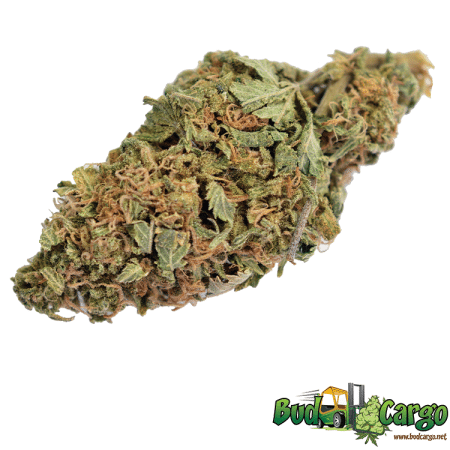
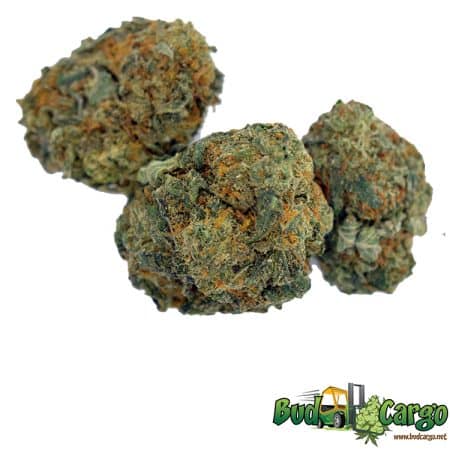
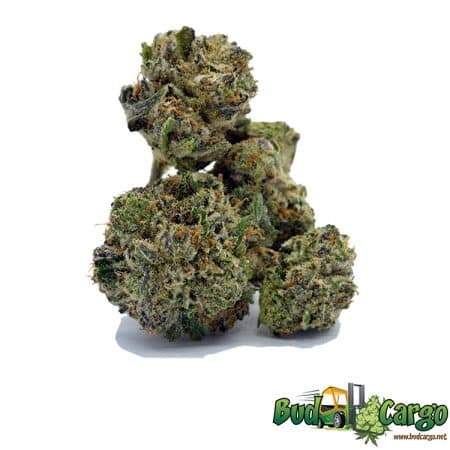
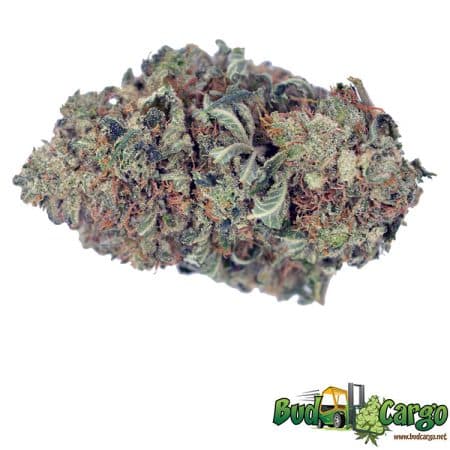





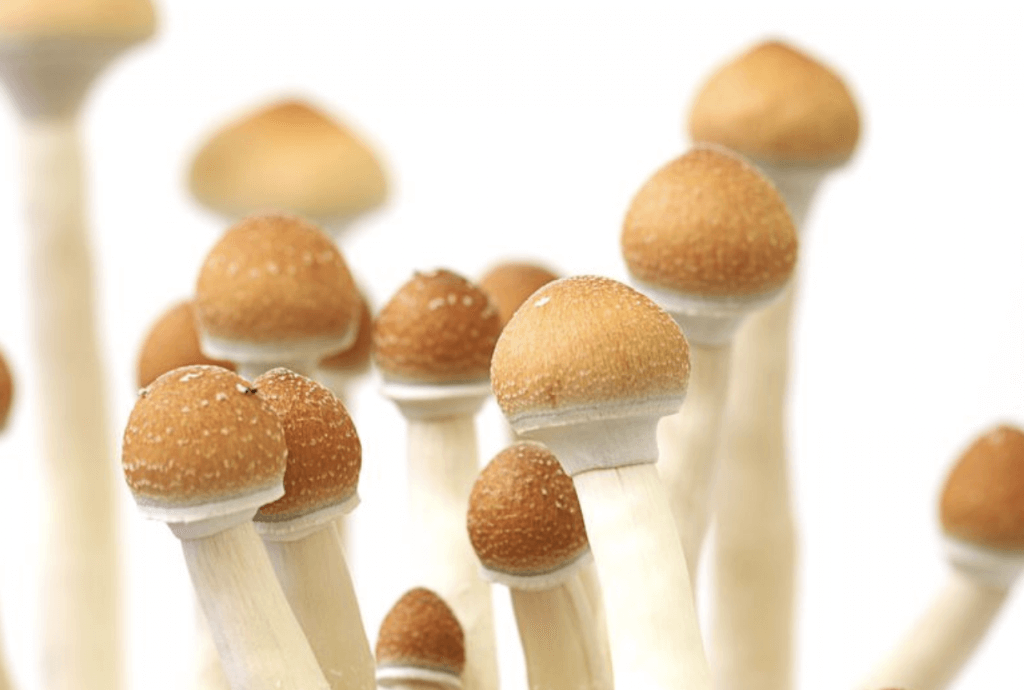
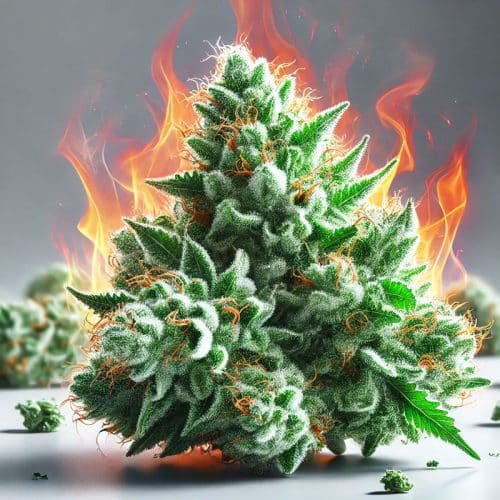
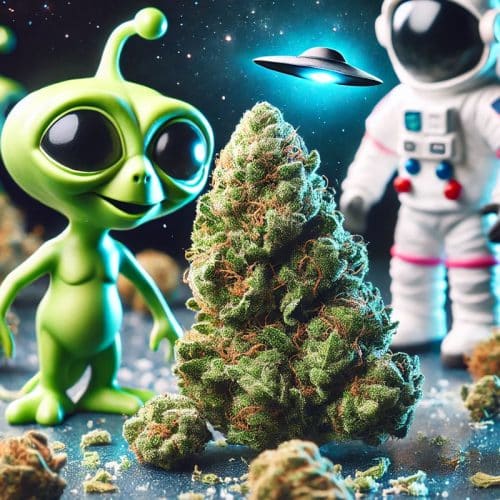

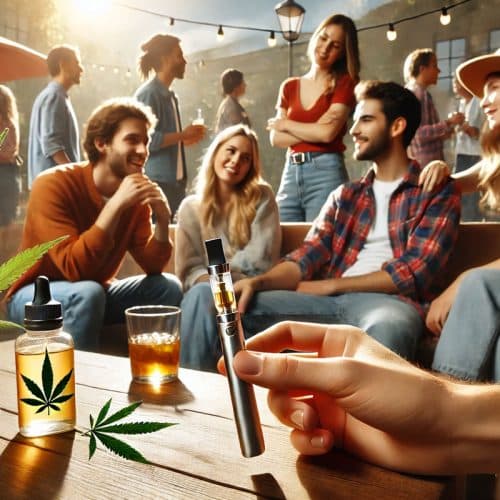
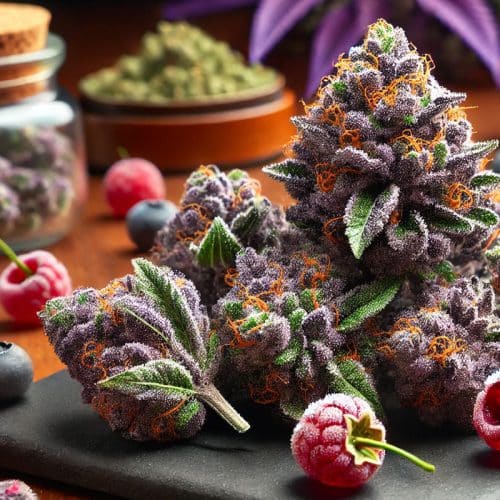
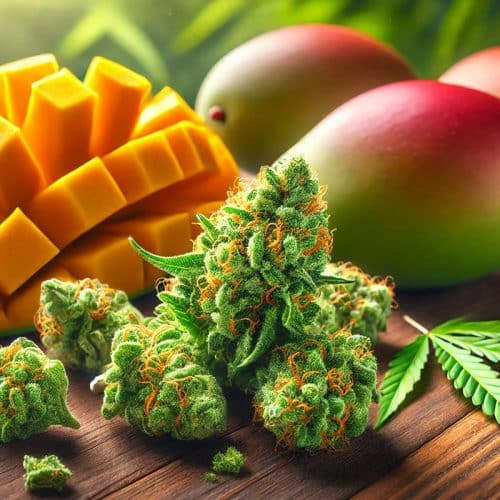




You must be logged in to post a comment.